Ramen
Just hearing the word might make your mouth water.
But did you know that ramen, despite being one of the most popular foods in Japan, is not actually a traditional Japanese dish? Many visitors to Japan assume that ramen has been around for centuries, but its widespread popularity is a relatively recent phenomenon.
Let’s dive deep into the history, ingredients, and flavors that make ramen one of the most beloved dishes worldwide.
Table of Contents
The History of Ramen: More Recent Than You Think
Most people think of ramen as an integral part of Japanese cuisine, but its origins are actually rooted in China.
The concept of noodle soup was introduced to Japan by Chinese immigrants in the late 19th and early 20th centuries.
Early versions of ramen, called “shina soba” (Chinese soba), were sold in food stalls and were much simpler than today’s elaborate bowls.
It wasn’t until after World War II that ramen became a staple in Japan.
Food shortages and the introduction of American wheat led to a boom in noodle consumption.
With the rise of ramen shops in the 1950s and 1960s, different regions of Japan started to develop their own unique styles of ramen.
Over the last few decades, ramen has evolved into a gourmet experience, with chefs across the country and the world perfecting their own special recipes.
If you visit Yokohama, be sure to stop by the Ramen Museum.
Different Types of Ramen
Ramen comes in many varieties, each with its own unique flavor and regional influence.
While we could write entire articles about each type (and we will!), here are some of the most common ones:
- Shoyu Ramen (Soy Sauce-Based)
- Shio Ramen (Salt-Based)
- Miso Ramen (Miso-Based)
- Tonkotsu Ramen (Pork Bone Broth-Based)
- Tsukemen (Dipping Noodles)
Each of these has different characteristics, but one thing remains the same — every bowl of ramen consists of two key elements: noodles and broth.
- 12 recommended ramen restaurants that are popular with foreign tourists: Discovering the Best Shoyu (Soy Sauce) Ramen in Osaka
The Importance of Noodles and Broth
Ramen is a deceptively simple dish.
With just noodles and broth, you might think there isn’t much complexity to it. But in reality, achieving the perfect balance between these two elements is what separates a great bowl of ramen from a mediocre one.
If the noodles are too soft or too firm, they won’t complement the broth.
If the broth lacks depth, the entire dish will feel lacking.
This is why ramen chefs are so meticulous about every detail — there is no room for compromise.
The Art of Ramen Noodles
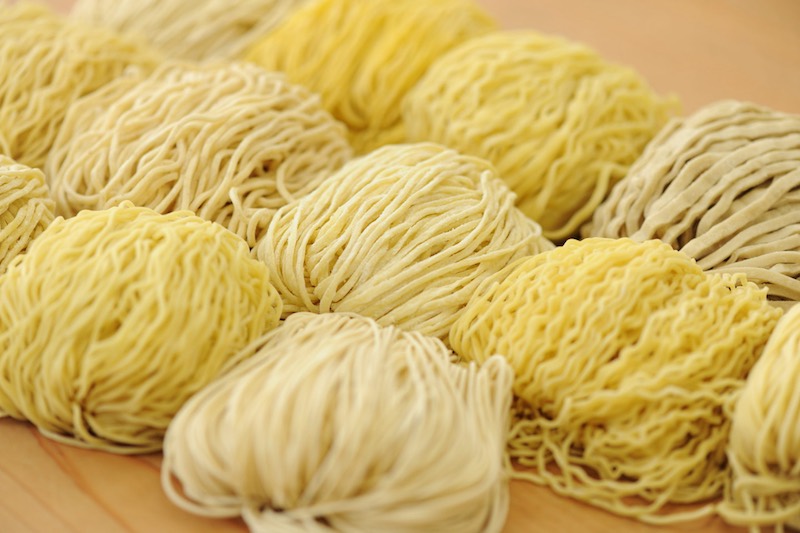
Noodles might seem like just a supporting actor in a bowl of ramen, but they play a crucial role.
The ratio of wheat flour to egg, the thickness, and whether the noodles are straight or wavy — all of these factors affect the final taste and texture. Some ramen shops specialize in custom-made noodles to pair perfectly with their broth, ensuring every bite is a harmonious experience.
The Ever-Changing Trends in Ramen Broth
Ramen broth trends come and go, but one thing remains constant — depth of flavor. Lately, “ago dashi” (flying fish broth) has been gaining popularity. This seafood-based broth provides a light yet umami-rich taste that pairs well with various styles of ramen. But ago dashi isn’t the only broth worth mentioning. The two most classic broth styles are:
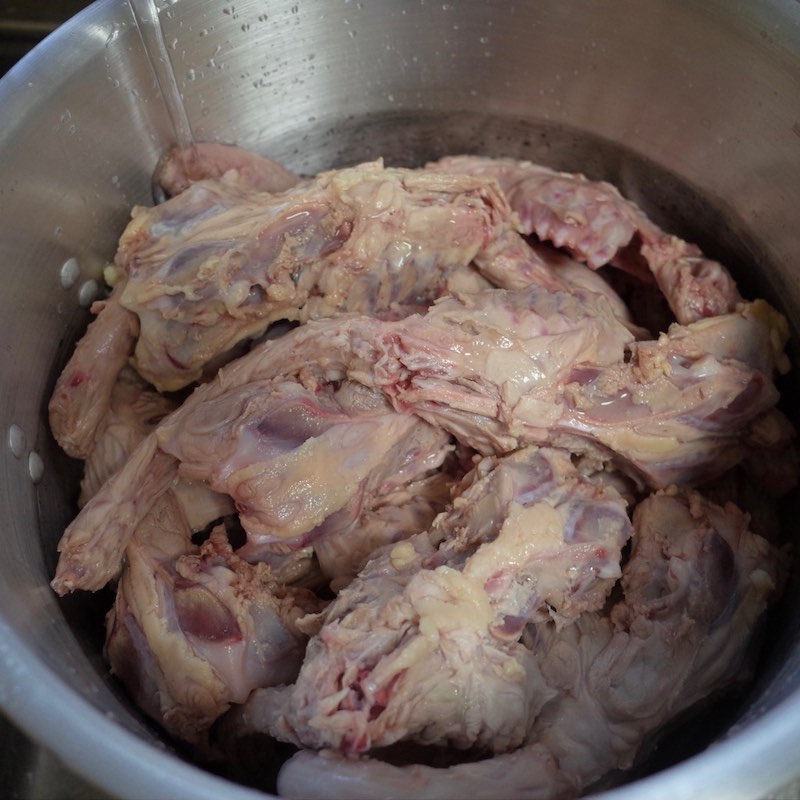
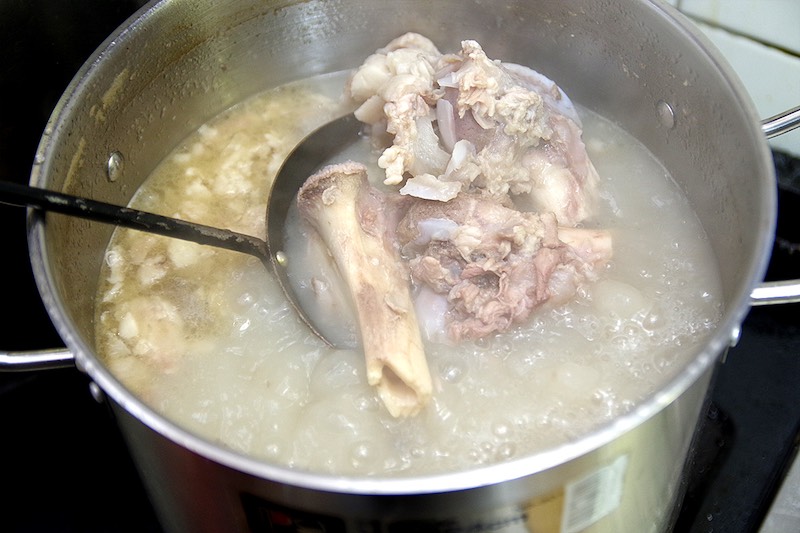
Tonkotsu Broth — Made from boiling pork bones for hours until a rich, creamy consistency is achieved.
- Chicken Bone Broth (Torigara) — A lighter, clearer broth made from simmering chicken bones, providing a delicate yet flavorful base.
Each broth has its own personality, and ramen lovers often have their favorites.
A Closer Look at Ago Dashi
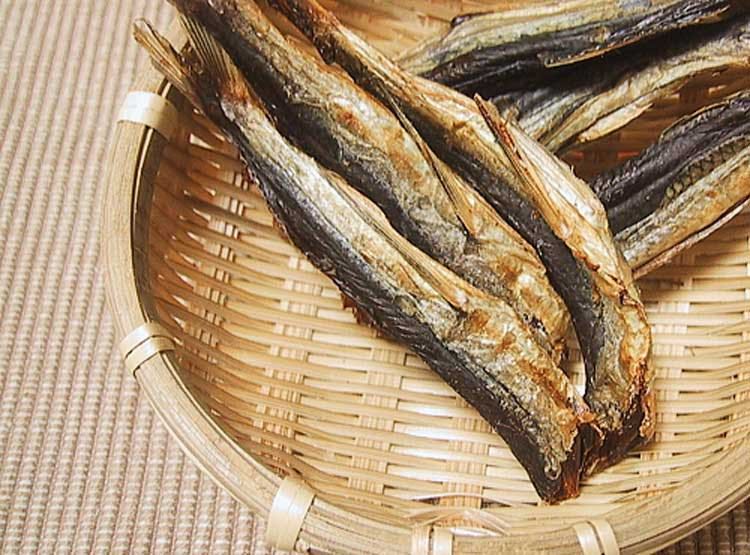
Ago dashi, made from flying fish, is known for its refined umami and clean taste.
So, if anything, it can be said that the taste is closest to Japanese food.
The preparation involves drying and smoking the fish before steeping it into a broth, creating a light yet incredibly flavorful base that enhances the entire bowl of ramen.
What Makes Tonkotsu Broth So Special?
Tonkotsu broth is a labor of love. The process involves boiling pork bones for hours, sometimes even a full day, to extract every bit of marrow and gelatin.
The result is a creamy, opaque broth packed with umami.
This is the base for some of the richest ramen bowls you’ll ever taste.
The Simplicity and Beauty of Chicken Bone Broth
Chicken bone broth, or torigara, is a lighter alternative to tonkotsu.
Made by slowly simmering chicken bones, vegetables, and seasonings, it has a clear yet deeply flavorful profile.
It’s often used in shoyu (soy sauce) or shio (salt) ramen, highlighting the subtle, refined taste of the ingredients.
The Role of Chashu: The Perfect Topping
What’s a bowl of ramen without chashu (braised pork belly)?
This melt-in-your-mouth topping takes hours to prepare, slow-cooked in a flavorful soy-based sauce until it reaches the perfect tenderness.
It’s the ultimate finishing touch to an already perfect bowl of ramen.
Are You Craving Ramen Now?
If reading this has made you hungry, you’re not alone!
Ramen is not just food — it’s an experience, a craft, and a symbol of dedication and passion.
If you ever find yourself in Japan, I highly recommend visiting some of the ramen shops I’ve introduced.
Each bowl tells a story, and there’s no better way to experience Japanese culinary artistry than through a perfect bowl of ramen!

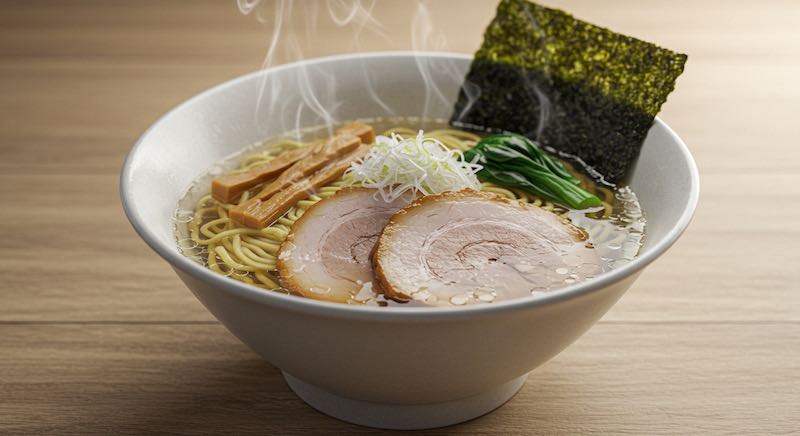







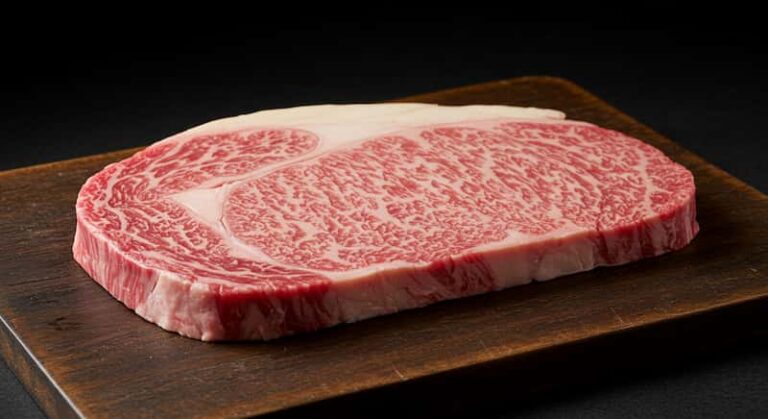
Leave a Reply